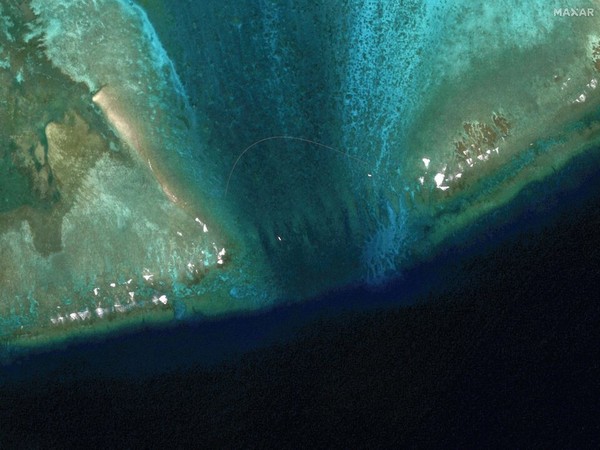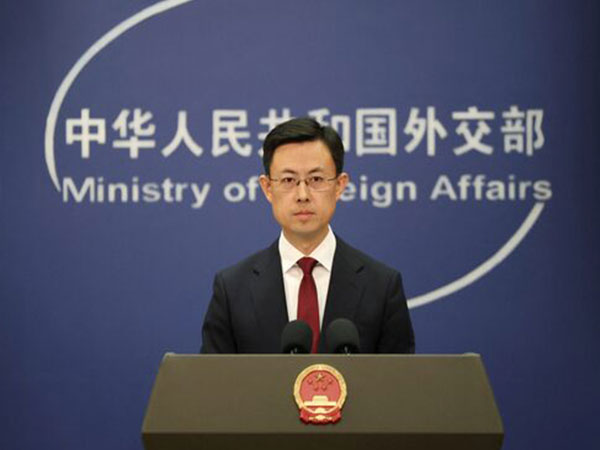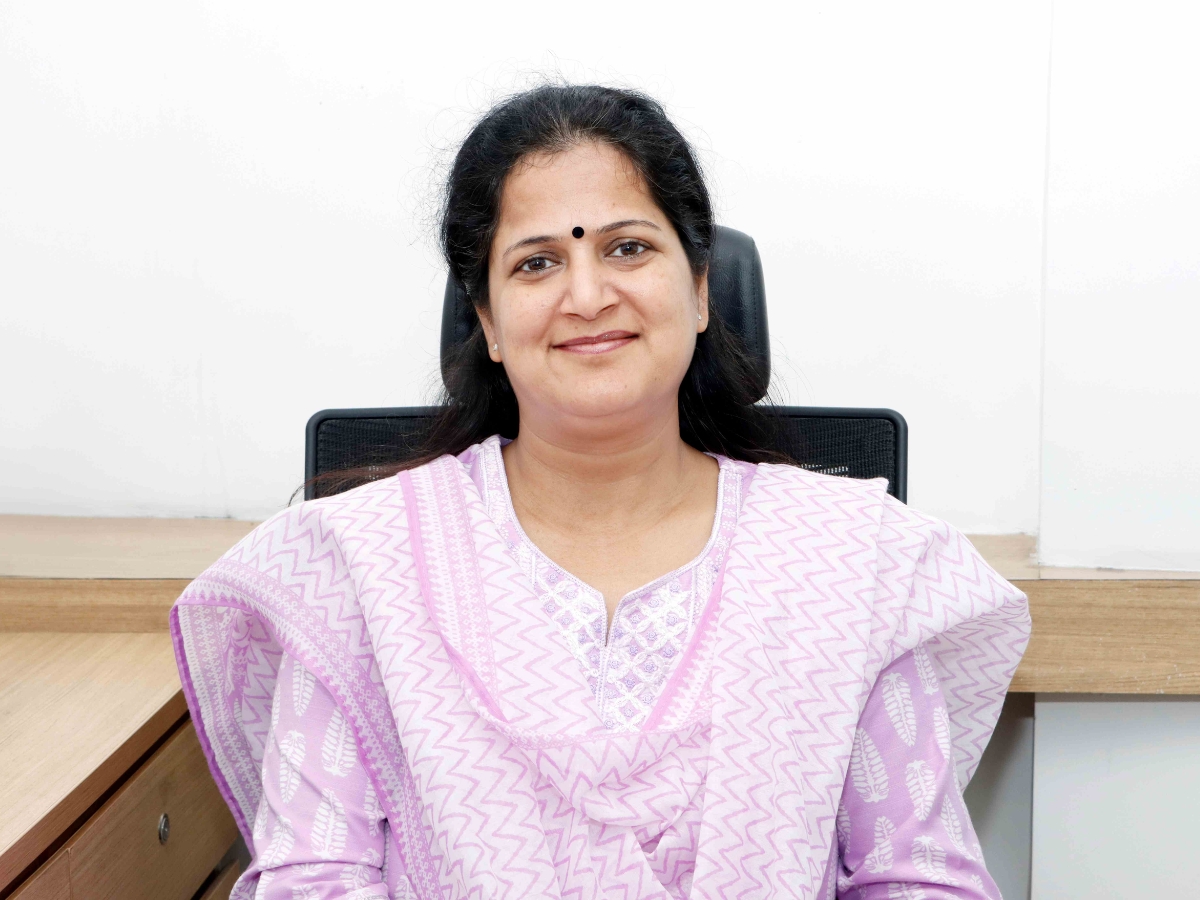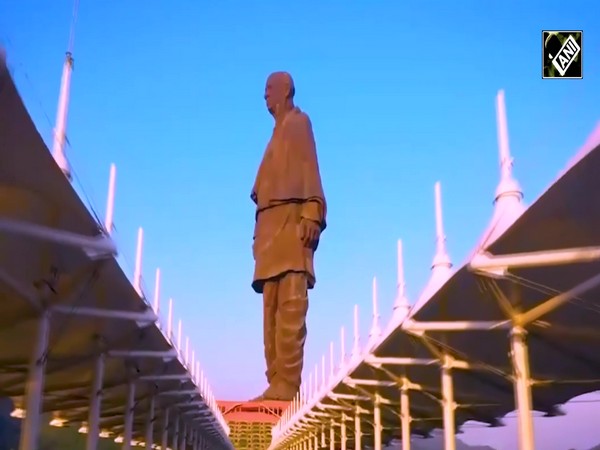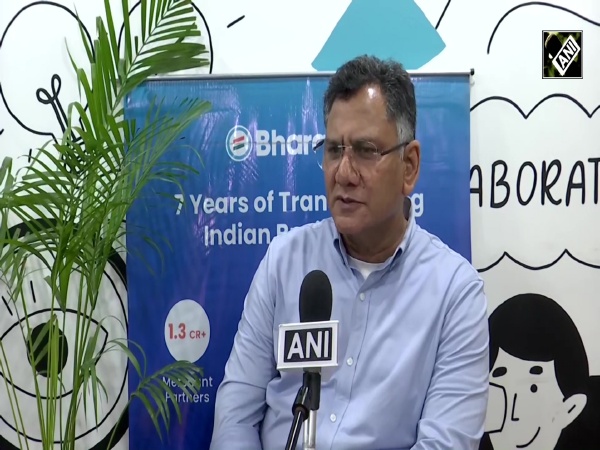Experts say discharge of tritium from Fukushima into sea is safe
Jan 14, 2022

Tokyo [Japan], January 14 : Water from Fukushima Daiichi Nuclear Power Station is discharged into the sea after removing harmful nuclear materials through Advanced Liquid Processing System (ALPS).
But, tritium, one of the nuclear materials, still remains in the water.
Keiichi Nakagawa, Professor of the University of Tokyo, explains how this will be harmless.
Keiichi Nakagawa, Professor of the University of Tokyo said that tritium is an isotope of hydrogen.
"It emits radiation of beta rays and the energy is so weak. Tritium is formed every day on earth and exists naturally, such as in drinking water and the human body. Regarding the Fukushima case, the radioactive materials except tritium are removed through treatment with ALPS," the Professor said.
"Removing tritium is the same as removing water from water. It is impossible in principle. If the water is not discharged, it must keep on being stored in tanks. The impact of discharging this water into the sea is very small. Based on general considerations, discharging it into the sea with appropriate methods is the most reasonable option," he added.
Being an expert in radiology, Professor Keiichi mentions that the Japanese standard for sea discharge is very safe.
Keiichi Nakagawa further said: "Referring to Japanese regulatory standards, it is allowed to discharge tritium under 60 thousand becquerel per litre. If a human being drinks two litres of tritium water with this concentration every day from birth to the age of 70, it would amount to only 0.8 millisieverts per year."
"TEPCO has the plan of discharging water with a tritium concentration of less than 1,500 Becquerel per litre. It is just one-fortieth. It is the same dose level as one receives when travelling overseas by aeroplane. The process of decommissioning is undertaken with utmost carefulness and mutual understanding of all stakeholders," Keiichi Nakagawahas said.

